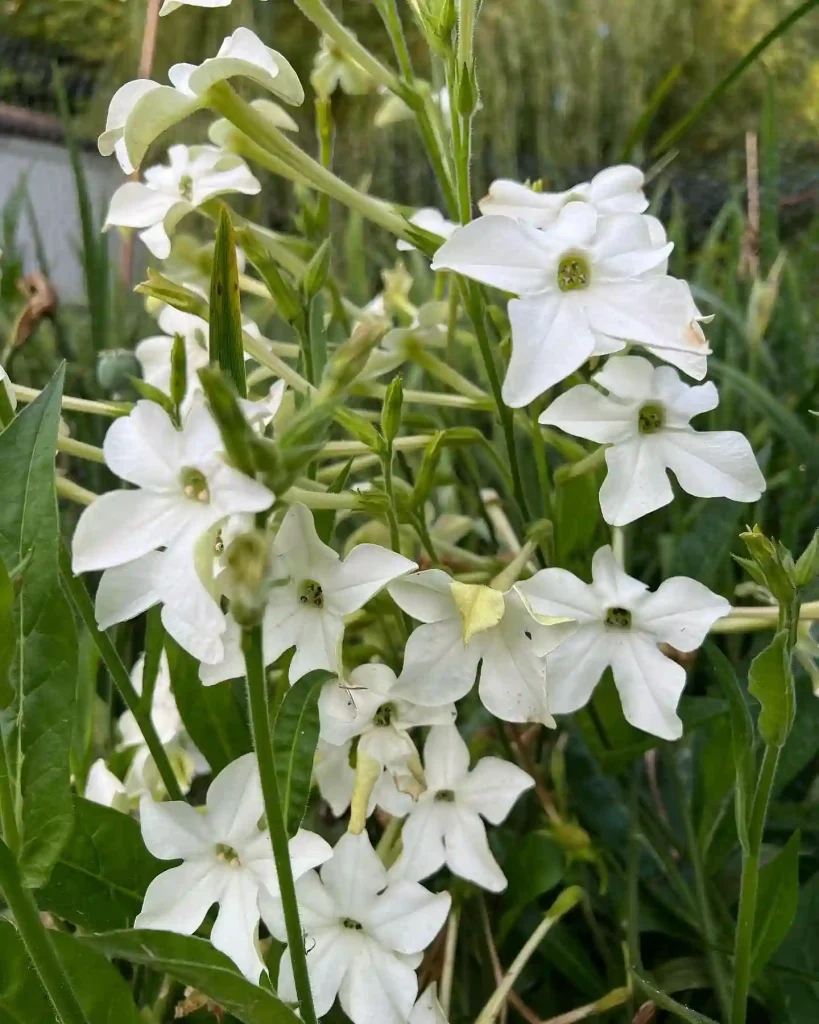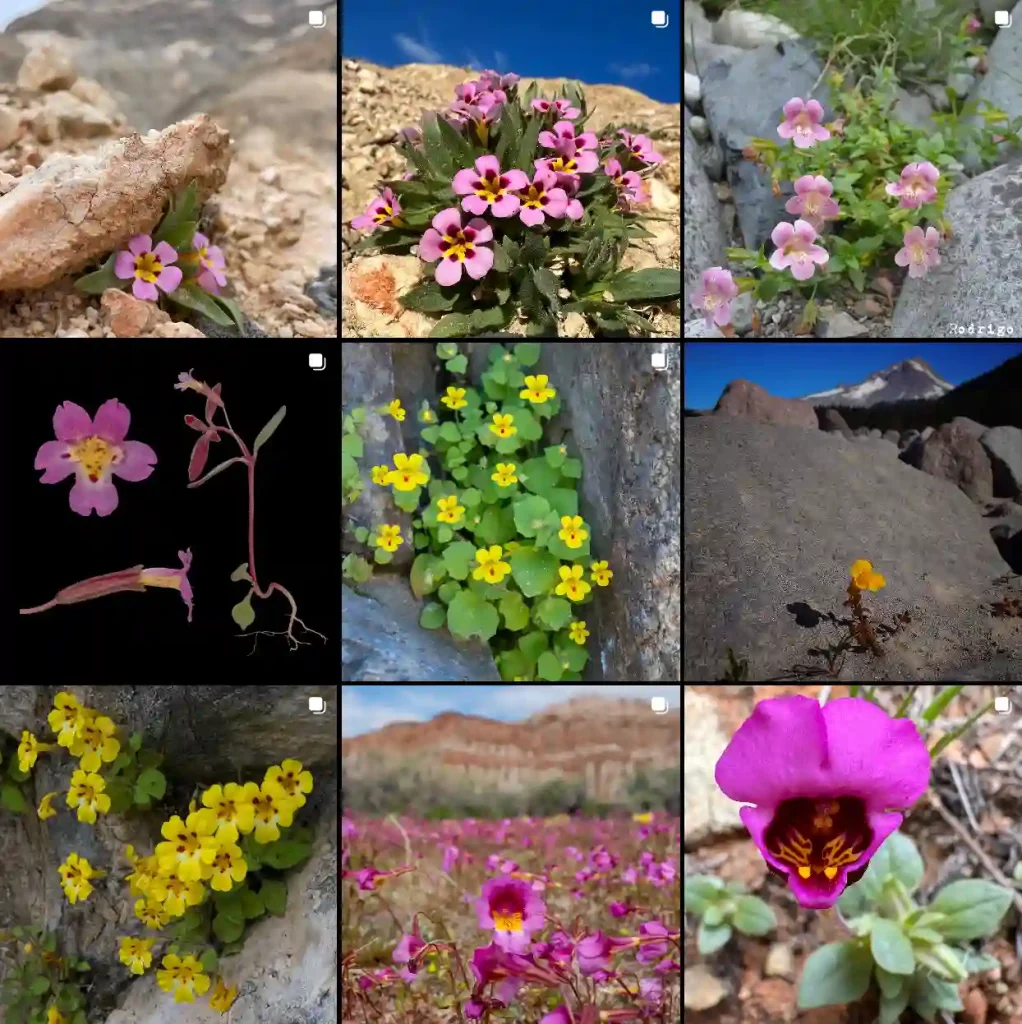Guadua: A Giant Among Grasses
My name is Ferb Vu, and I’ve always been fascinated by the natural world, especially the diverse and often surprising realm of plants. Among my many botanical interests, the genus Guadua from the Poaceae family holds a special place. These aren’t your typical backyard bamboos; they’re giants of the grass family, capable of reaching staggering heights and possessing remarkable strength. Imagine walking through a forest where the “trees” are actually massive grasses, their culms (stems) arcing overhead like verdant cathedrals. That’s the kind of awe-inspiring experience Guadua can offer.
What is Guadua Bamboo?
Guadua is a genus of Neotropical clumping bamboo, meaning it originates from the tropical regions of the Americas and grows in tight clumps rather than spreading rhizomes. This makes them a more manageable and less invasive choice for cultivation compared to some of their running bamboo cousins. They are distinguished by their thorny culms, often reaching impressive diameters, and their significant contribution to the ecosystems they inhabit.
Diversity within Guadua
While the genus Guadua may not be as expansive as some other plant groups, it still boasts a fascinating array of species. Here are:
- Guadua angustifolia: Perhaps the most well-known member of the genus, Guadua angustifolia is renowned for its strength and impressive size. It’s a staple in construction and crafts throughout its native range.
- Guadua amplexifolia: This species is characterized by its large, sheathing leaves that wrap around the culms, giving it a distinctive appearance.
- Guadua weberbaueri: Another giant among giants, Guadua weberbaueri can reach towering heights and is a vital component of the Amazon rainforest ecosystem.
- Guadua sarcocarpa: This species is notable for its fleshy fruit, a rarity among bamboos.
- Guadua chacoensis: As its name suggests, this species is native to the Gran Chaco region of South America and is adapted to the drier conditions found there.
- Guadua aculeata E.Fourn.
- Guadua calderoniana Londoño & Judz.
- Guadua chaparensis Londoño & Zurita
- Guadua ciliata Londoño & Davidse
- Guadua glomerata Munro
- Guadua incana Londoño
- Guadua inermis E.Fourn.
- Guadua latifolia (Bonpl.) Kunth
- Guadua leonardoana Afonso, L.G.Clark & P.L.Viana
- Guadua longifolia (E.Fourn.) R.W.Pohl
- Guadua lynnclarkiae Londoño
- Guadua maclurei R.W.Pohl & Davidse
- Guadua macrospiculata Londoño & L.G.Clark
- Guadua macrostachya Rupr.
- Guadua maculosa (Hack.) E.G.Camus
- Guadua magna Londoño & Filg.
- Guadua paniculata Munro
- Guadua paraguayana Döll
- Guadua refracta Munro
- Guadua superba Huber
- Guadua tagoara (Nees) Kunth
- Guadua takahashiae Londoño
- Guadua trinii (Nees) Rupr.
- Guadua tuxtlensis Londoño & Ruiz-Sanchez
- Guadua uncinata Londoño & L.G.Clark
- Guadua variegata Lizarazu
- Guadua velutina Londoño & L.G.Clark
- Guadua venezuelae Munro
- Guadua virgata (Trin.) Rupr.
Why Guadua Matters
Guadua isn’t just a botanical curiosity; it has profound ecological and economic importance.
- Ecological Significance: Guadua forests provide vital habitat for a wide range of animals, from insects and birds to mammals. They also play a crucial role in soil stabilization and water regulation, helping to prevent erosion and maintain healthy watersheds.
- Economic Uses: The strength and versatility of Guadua make it an ideal material for a variety of applications. It has been used in construction for centuries, from simple houses to elaborate bridges. Guadua is also used for furniture, crafts, and even musical instruments. Its rapid growth and renewability make it a sustainable alternative to traditional timber.
How Fast Does Guadua Bamboo Grow?
Guadua Bamboo is renowned for its fast growth. Under optimal conditions, it can grow up to 3 feet per day. This rapid growth rate makes it an ideal choice for projects that require a quick turnaround. Within a few years, Guadua can reach its full height, which is significantly faster compared to many other plant species.
How to Grow Guadua Bamboo?
Growing Guadua Bamboo requires specific conditions to thrive. Here’s a quick guide:
- Climate: Guadua Bamboo prefers tropical and subtropical climates. It needs warmth and high humidity to grow well.
- Soil: Well-drained soil rich in organic matter is essential. Guadua thrives in loamy soils but can adapt to various soil types if well-drained.
- Watering: Regular watering is crucial, especially during the initial growth phase. However, overwatering can lead to root rot.
- Sunlight: Full sun exposure is ideal. Guadua needs plenty of sunlight to grow vigorously.
How to Propagate Guadua Bamboo?
Propagating Guadua Bamboo is typically done through division rather than seeds, as seeds can be challenging to obtain and germinate. Here’s how:
- Select a Mature Clump: Choose a mature clump of Guadua Bamboo with several stems.
- Divide the Clump: Carefully dig up the clump and divide it into smaller sections, each with a few stems and roots.
- Replant: Plant each divided section in its new location, ensuring it’s planted at the same depth as it was in the original location.
- Water and Care: Water the newly planted sections thoroughly and continue with regular care to ensure successful establishment.
Where to Buy Guadua Bamboo?
Finding Guadua Bamboo can be a bit challenging as it’s not commonly available in all garden centers. Here are some options:
- Specialty Nurseries: Look for nurseries that specialize in bamboo or tropical plants.
- Online Retailers: Websites specializing in bamboo or exotic plants often offer Guadua Bamboo.
- Local Botanical Gardens: Check with local botanical gardens or arboretums, as they might have information on where to purchase Guadua Bamboo.
Why is Guadua Bamboo the Best to Build With?
Guadua Bamboo is highly valued in construction due to its strength and durability. Its dense, hard-wearing nature makes it suitable for various structural applications. Here are a few reasons why it’s considered superior:
- Strength: Guadua Bamboo is incredibly strong, with a tensile strength comparable to steel. This makes it ideal for building frameworks and other structural elements.
- Flexibility: Its flexibility allows for creative designs without compromising strength.
- Sustainability: Guadua grows quickly and can be harvested sustainably, making it an eco-friendly alternative to traditional building materials.
Will Guadua Bamboo Grow in Coastal North Carolina?
Guadua Bamboo prefers tropical climates, so it may struggle in the cooler, coastal climate of North Carolina. While it might survive in warmer areas with protection, it generally doesn’t thrive in this region.
Will Guadua Bamboo Grow in Colorado?
Colorado’s climate is too cold and dry for Guadua Bamboo to grow successfully. This species requires a humid, tropical environment to thrive, which Colorado’s conditions do not provide.
Will Guadua Bamboo Grow in Missouri?
Missouri’s climate can be a bit challenging for Guadua Bamboo. While it might survive in some parts of the state with proper care and protection, it generally does not grow optimally in Missouri due to its cooler temperatures and varying humidity levels.
Will Guadua Bamboo Grow in North Carolina?
In North Carolina, especially in the warmer, more humid areas, Guadua Bamboo may have a better chance of growing. However, it still requires a sheltered environment to protect it from colder temperatures.
Can Guadua Bamboo be Used in Tournaments?
If you’re referring to its use in sports or recreational tournaments, Guadua Bamboo is not typically used for such purposes. It’s more renowned for its applications in construction and design rather than sports equipment.
Guadua vs Bambu
Guadua and Bambu (a term often used for various bamboo species) differ mainly in size and strength. Guadua is a specific type of giant bamboo known for its large diameter and strength, making it ideal for structural uses. In contrast, “Bambu” could refer to a variety of bamboo species, each with different characteristics and applications.
Guadua vs Moso Bamboo
Guadua and Moso Bamboo are both giant bamboos but have distinct differences:
- Growth Rate: Guadua grows faster than Moso Bamboo.
- Size: Guadua typically reaches larger diameters compared to Moso Bamboo.
- Usage: Guadua is often used in construction due to its strength, while Moso Bamboo is more commonly used in flooring and furniture due to its versatility and finer texture.
How to Care for Guadua Bamboo?
Caring for Guadua Bamboo involves:
- Regular Watering: Ensure consistent moisture, especially during dry periods.
- Fertilization: Apply a balanced fertilizer during the growing season.
- Pruning: Remove dead or weak stems to encourage healthy growth.
Common Problems with Guadua Bamboo
- Pests: Guadua Bamboo can be susceptible to pests like bamboo mites.
- Disease: Fungal infections can affect bamboo if not properly cared for.
- Climate Sensitivity: It’s sensitive to colder temperatures and may require protection in cooler climates.
I believe that Guadua has a bright future. As we continue to learn more about its properties and potential, we can harness its power to create a more sustainable and resilient world. By appreciating the giants among grasses, we can gain a deeper understanding of the interconnectedness of life and the importance of preserving the natural world for generations to come.
If i die, water my plants!



